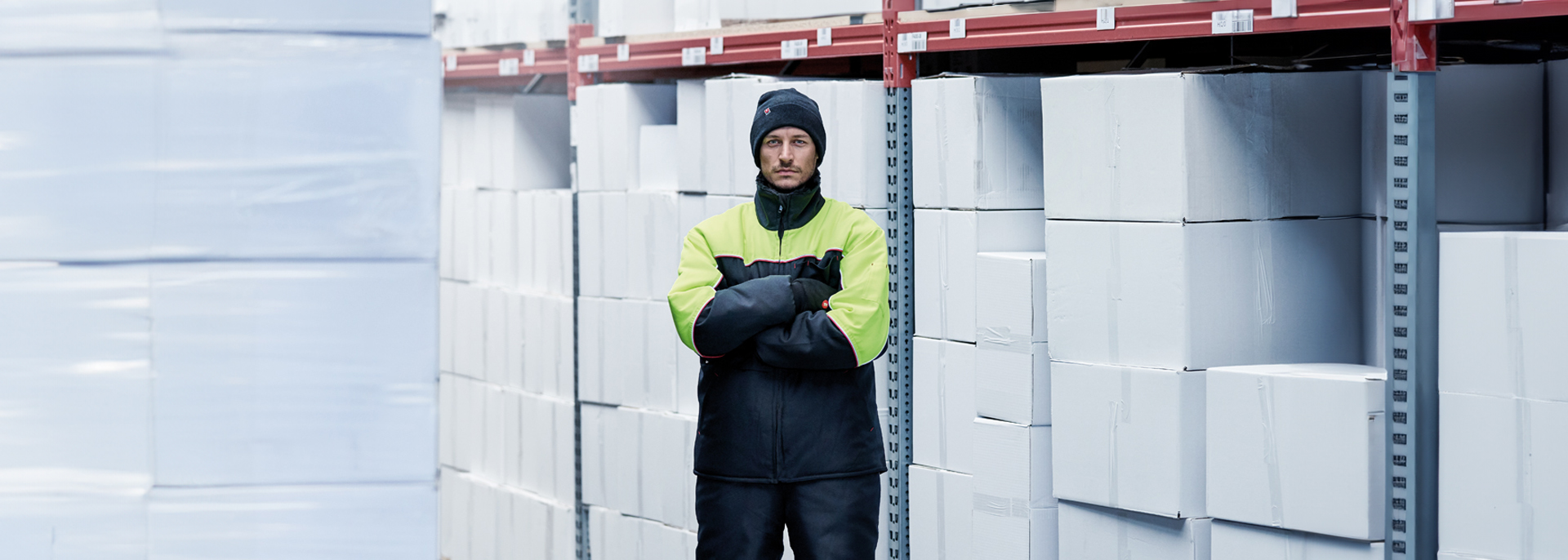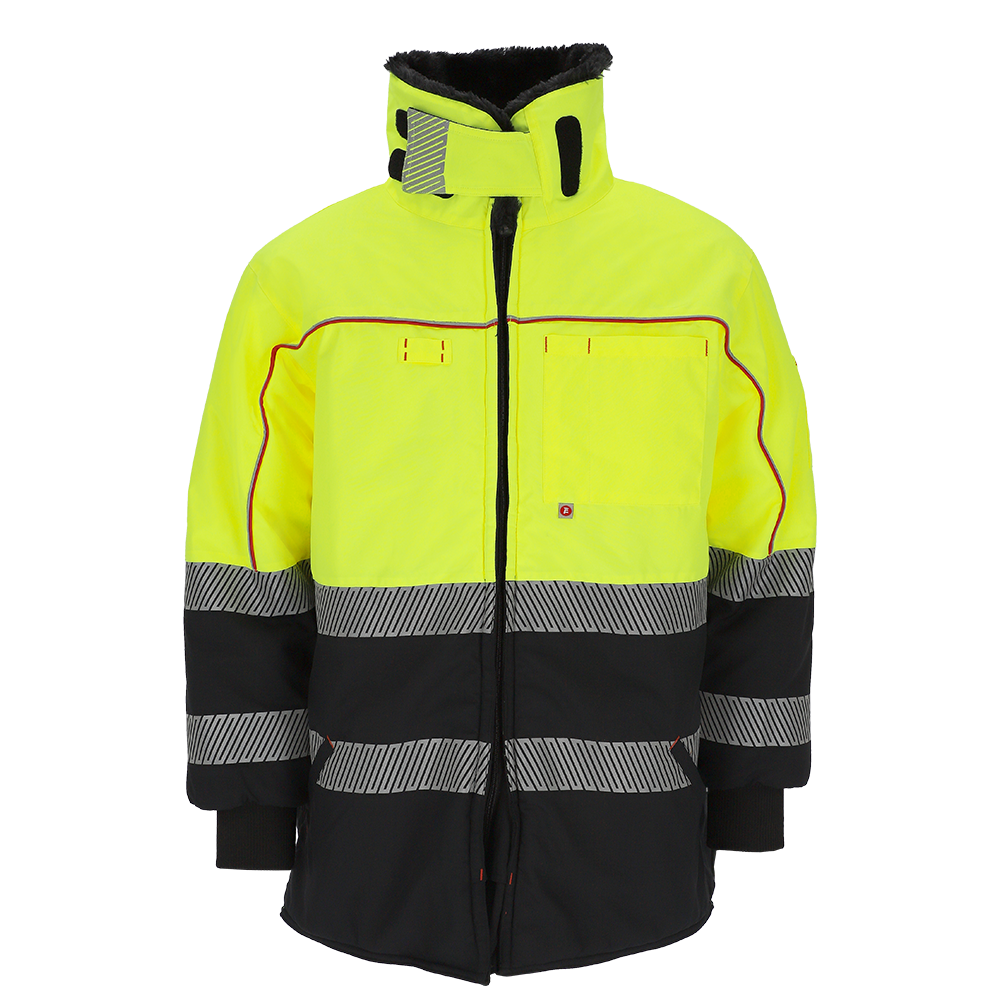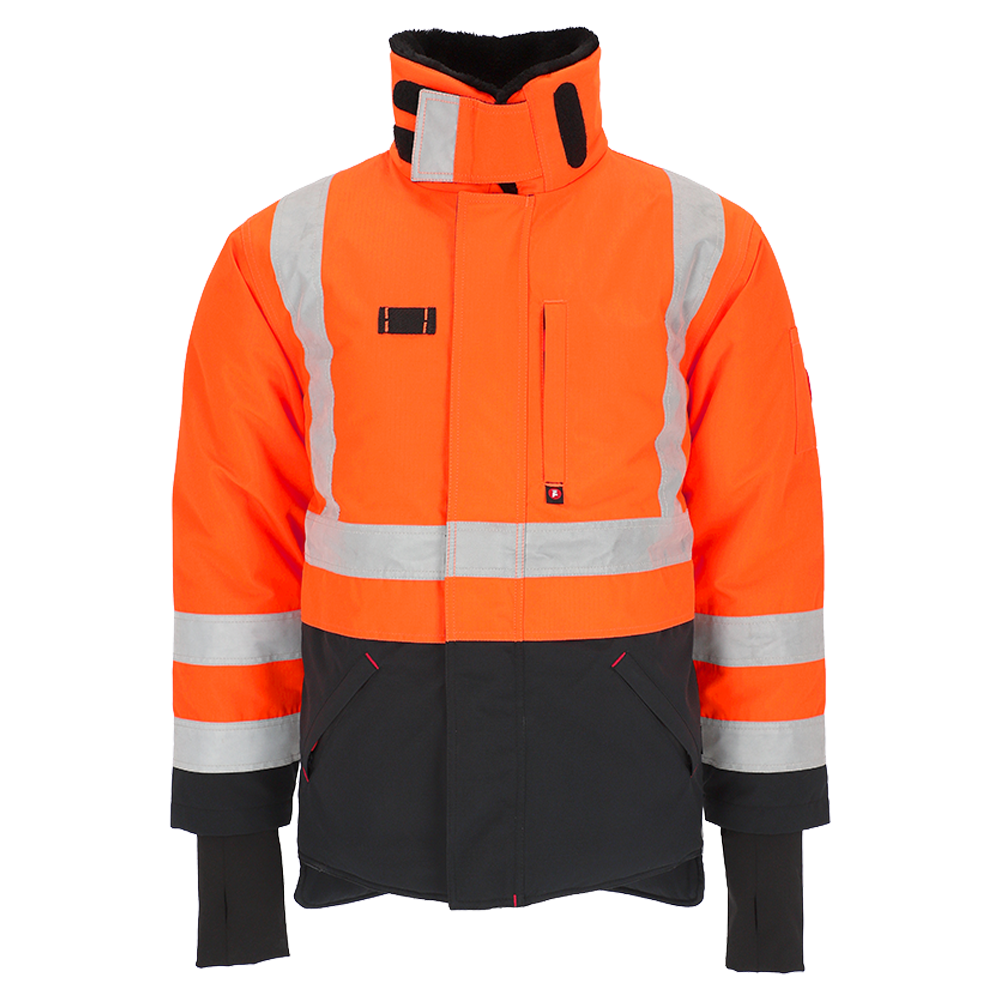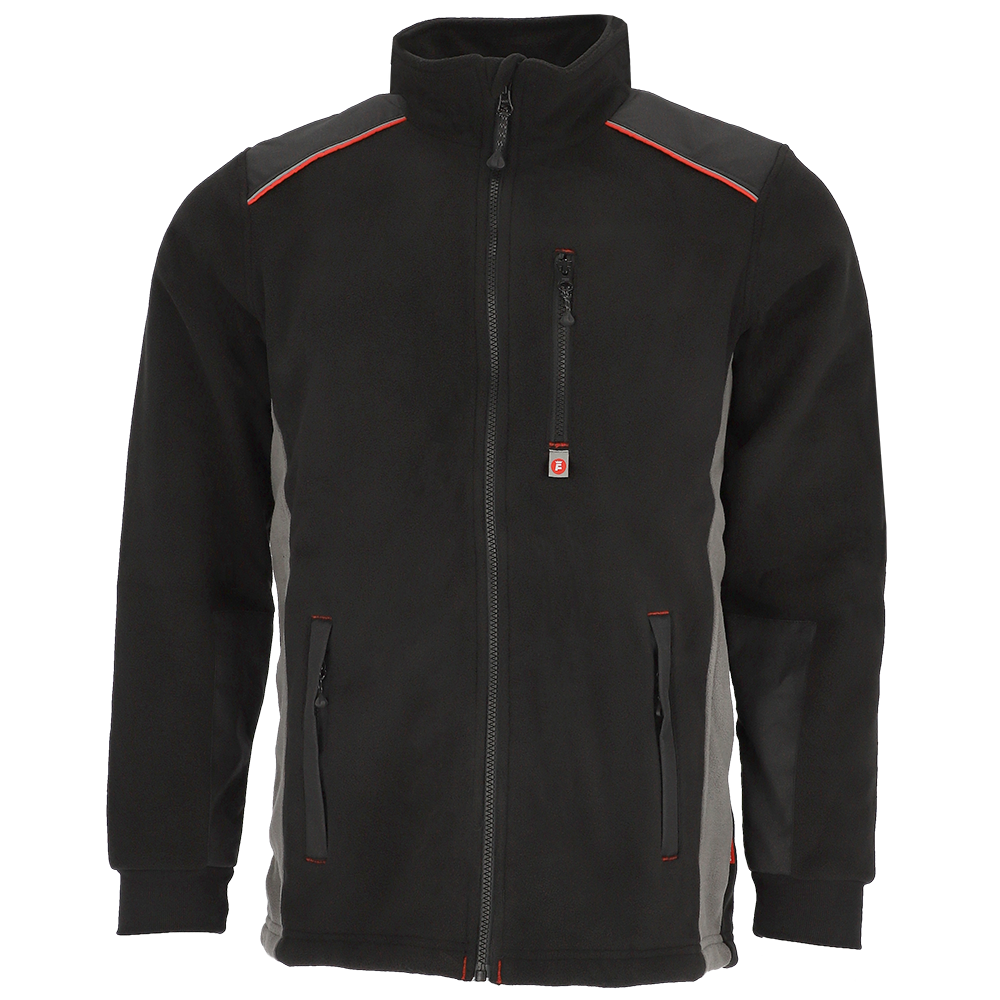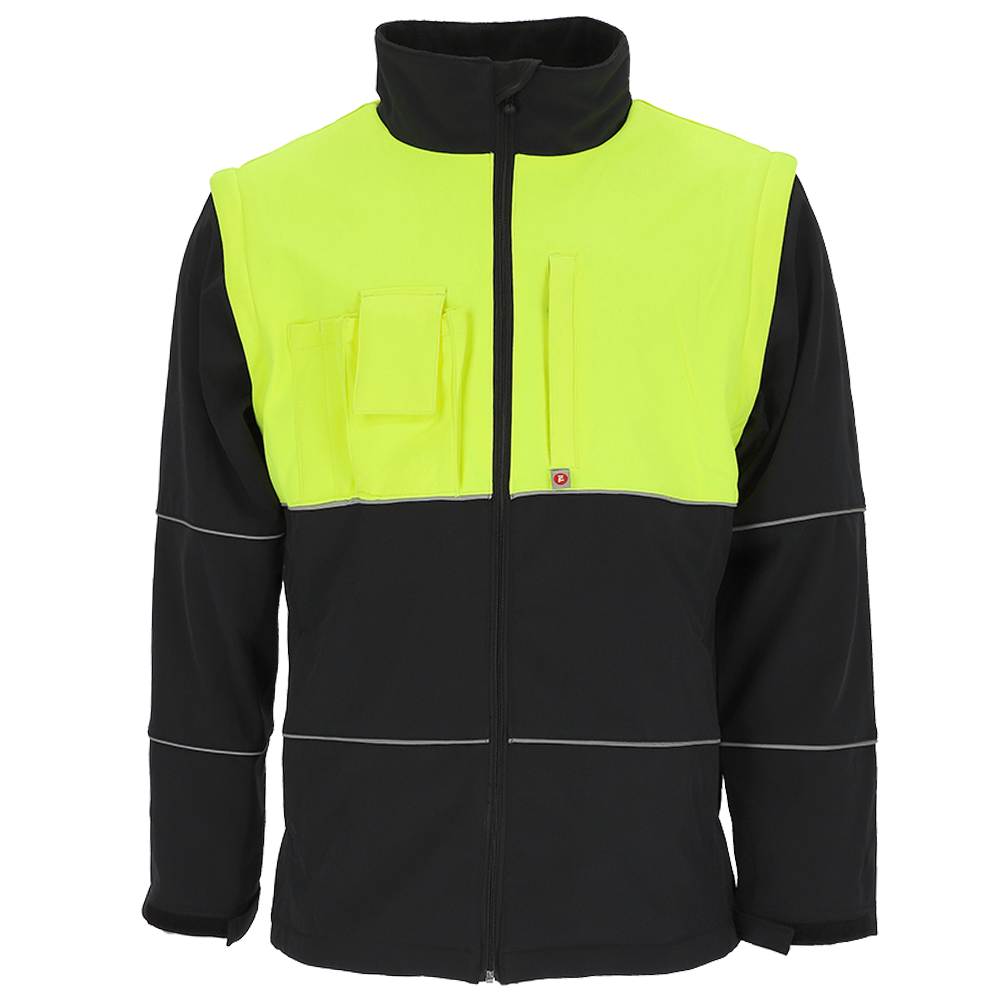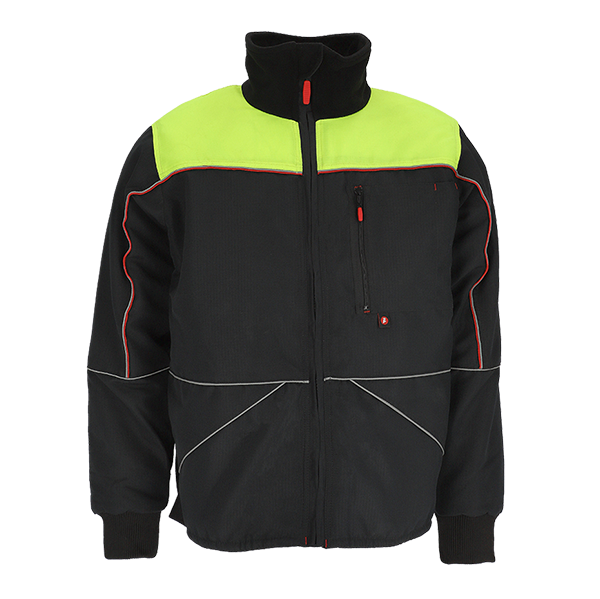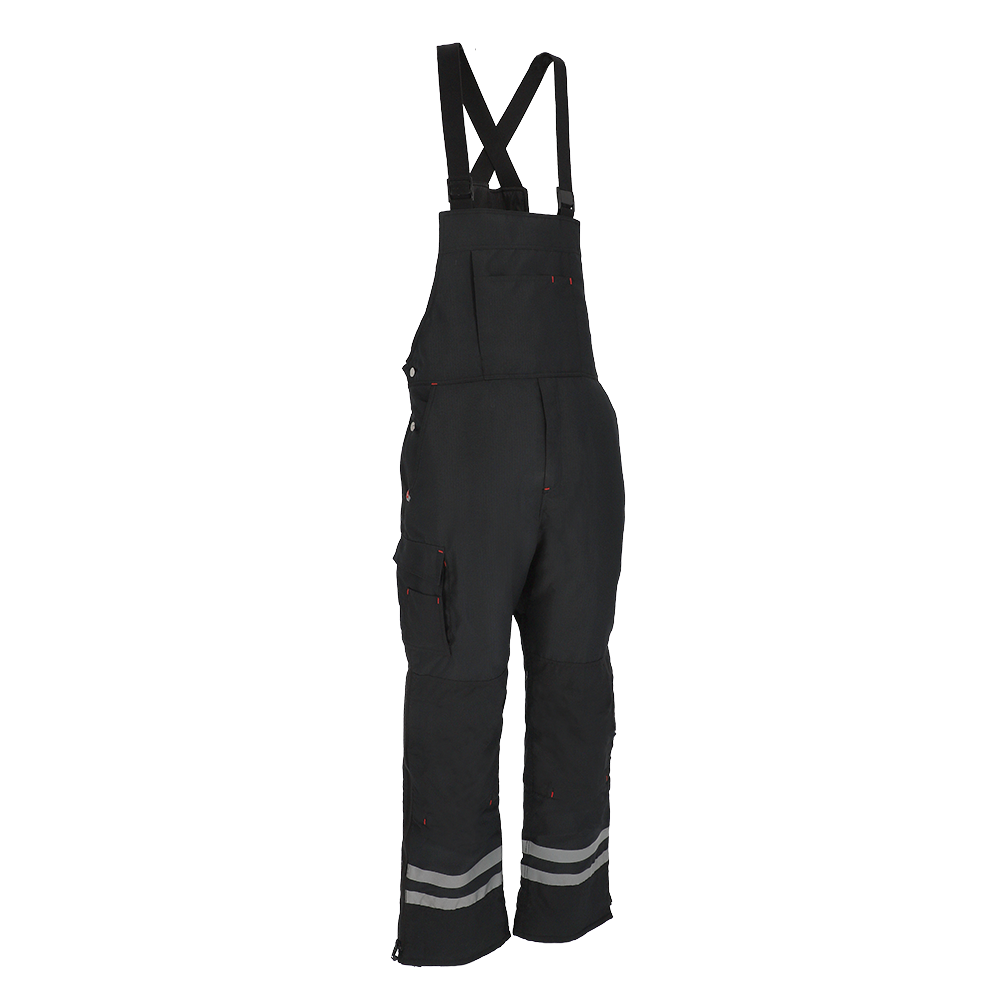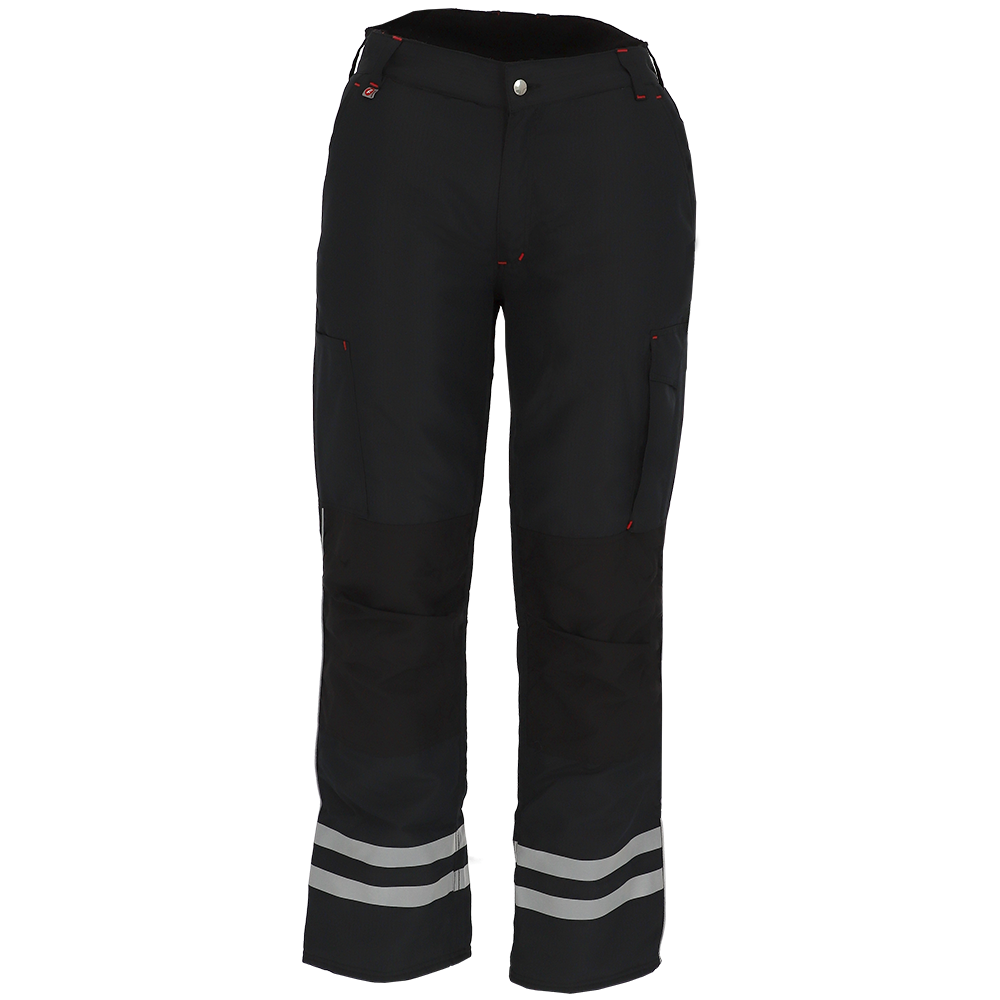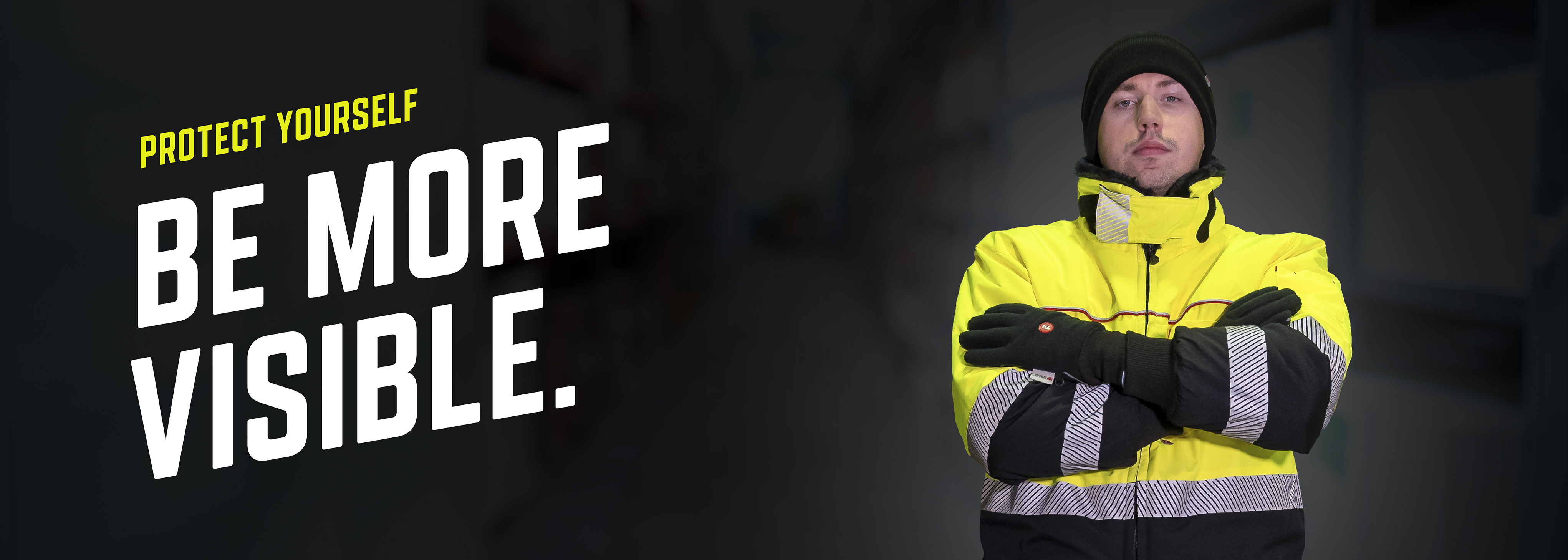
Certifications
Protection through increased visibility: How important is high-visibility clothing for employees?

In today's workplace, the safety of employees takes top priority. Especially in industries such as manufacturing, food logistics, and many other fields, the use of high-visibility protective clothing is essential to protect a company's most valuable asset – its employees.
Safety First! How is high-visibility protective clothing defined?
High-visibility protective clothing is designed to ensure the safety and visibility of employees. It is specifically designed to enhance the visibility of employees both during the day, in low-light conditions, and in warehouses or logistics settings. This reduces the risk of accidents and increases overall safety.
Did you know...
Employees wearing reflective clothing can be recognized from about three times the distance compared to wearing bright clothing?
What are the different highly visible materials used?
Various materials are used in the production of high-visibility protective clothing to increase the visibility of the wearer. These materials help reflect light and emphasize the presence of the wearer. The key materials include:
-
Reflective: This component includes piping and reflective strips.
-
Fluorescent: Typically, yellow and orange-red colors are used as Hi-Vis (High-Visibility) fabrics.
-
Retroreflective: The outer material is usually silver, white, or yellow. This material is especially used in low-light conditions or darkness.
What does the high-visibility standard EN ISO 20471 mean?
The EN ISO 20471 is a European standard that defines the requirements and test methods for high-visibility protective clothing. This standard specifically applies to fluorescent materials to enhance the visibility of the wearer.
What does the complementary standard EN 17353 entail?
The EN 17353 standard concerns high-visibility clothing for medium risks. It was developed to increase the visibility of employees working in environments where visibility is important but where the EN ISO 20471 standard is not required.
The following Fortdress clothing enhances your visibility:
Fleet & Logistics:
- Fleece Jacket BOBBY – Reflective Piping
- 9-in-1 Softshell Jacket HYPERION – Body in bright yellow, reflective strips around the body and sleeves
- 4-in-1 Softshell Jacket HELIOS – Upper body in bright yellow, reflective piping around the body and sleeves
Cold Storage Warehouses:
- TAIGA Collection
- Jacket + Vest: Bright yellow panels, reflective piping around sleeves and body, as well as reflective piping in the seams
- Coveralls + Trousers: All-around reflective bands
Freezer Warehouses:
- KANGIA Collection
- POLAR Collection
- Jackets: All-around reflective strips, reflective bands, reflective piping, Hi-Vis materials
- Trousers: Reflective piping, all-around reflective strips
- Overalls: Reflective piping, all-around reflective strips
Accessories and Miscellaneous:
Even gloves have reflective elements. Additionally, the use of reflective patches on clothing can enhance visibility. For more information, check out our blog post on embellishing workwear.
Conclusion
The use of highly visible materials and compliance with relevant standards such as EN ISO 20471 or EN 17353 play a crucial role in maximizing the visibility and protection of workers. Because safety comes first, and the health and well-being of employees are of utmost importance.
Related products
Average rating of 5 out of 5 stars


